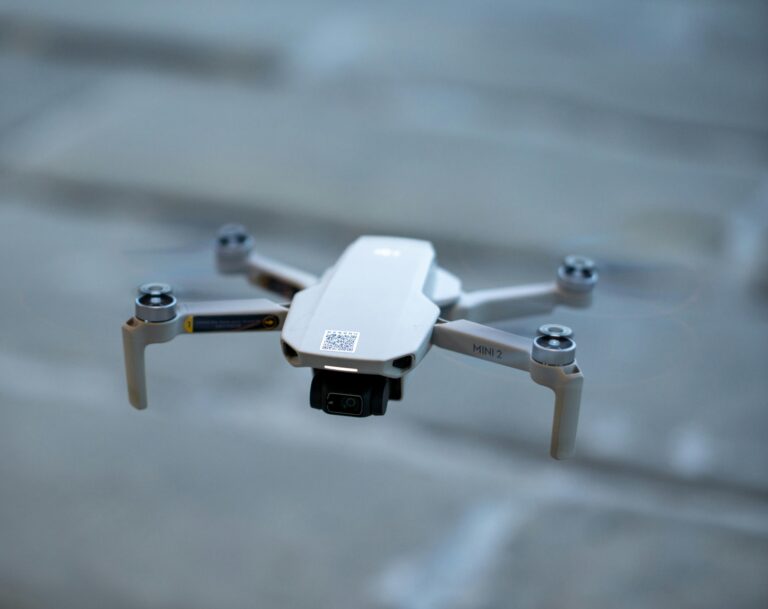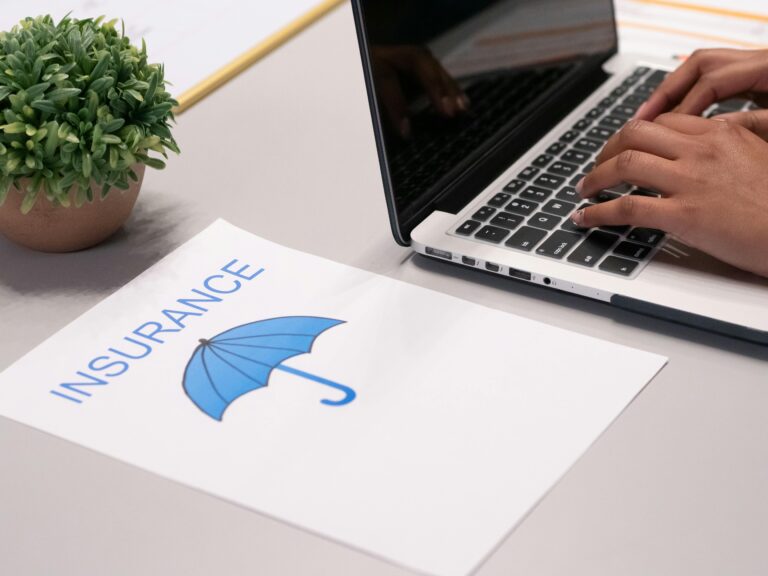Changing consumer expectations
Okay, let’s dive deeper into the changing consumer expectations in the insurance industry as of August 2023:
- Personalized and Customized Experiences:
- Customers were increasingly seeking insurance products and services that were tailored to their specific needs and preferences, rather than one-size-fits-all solutions.
- There was a growing demand for personalized risk assessments, customized coverage options, and personalized pricing based on individual risk profiles.
2. Digital-First Interactions:
- Consumers, especially younger demographics, expected seamless and omnichannel insurance experiences, with the ability to research, purchase, and manage their policies through digital channels.
- This included intuitive mobile apps, user-friendly websites, and the integration of emerging technologies like chatbots and virtual assistants.
3. On-Demand and Flexible Coverage:
- Customers were seeking more flexible and on-demand insurance products that could be easily adjusted to their changing needs and lifestyles.
- This included usage-based insurance (e.g., pay-per-mile auto insurance), subscription-based models, and the ability to customize coverage levels and deductibles.
4. Transparent and Simplified Policies:
- Consumers were looking for greater transparency in insurance policies, with clear and easy-to-understand language, simplified coverage terms, and readily available information on policy details and claims processes.
- There was a demand for more proactive communication and education from insurers to help customers better understand their coverage and make informed decisions.
5. Improved Claims Experience:
- Customers were expecting faster, more efficient, and more responsive claims processing, with the ability to track the status of their claims through digital channels.
- There was a focus on reducing the complexity and hassle associated with the claims process, as well as improving communication and support during the claims journey.
6. Integrated Financial Services:
- Some consumers were seeking insurance providers that could offer a more holistic and integrated suite of financial services, such as banking, investment, and wealth management, to simplify their financial management.
- This trend was driven by the desire for a more streamlined and coordinated approach to personal financial planning and decision-making.
To address these changing consumer expectations, insurers were investing in digital transformation, data-driven personalization, and the development of innovative insurance products and services. Adapting to these evolving customer demands was a key strategic priority for the insurance industry.
It’s important to note that the specific consumer trends and expectations in the insurance industry may have shifted since my knowledge cutoff in August 2023. I would recommend consulting more recent industry reports, consumer surveys, and market analyses to get a more up-to-date understanding of the current landscape.
What are some examples of companies successfully adapting to these consumer expectations?
Here are some examples of insurance companies that were successfully adapting to the changing consumer expectations as of August 2023:
- Lemonade (United States):
- Lemonade is a digital-first insurance provider that leverages artificial intelligence and behavioral economics to offer streamlined, customized, and user-friendly insurance products.
- The company’s mobile-first approach, transparent pricing, and AI-powered claims processing have resonated with younger, tech-savvy consumers seeking a seamless insurance experience.
2 . BIMA (Emerging Markets):
- BIMA is a mobile-first insurance provider that operates in several emerging markets, including Africa, Asia, and Latin America.
- The company offers affordable, bite-sized insurance products that can be purchased and managed entirely through mobile devices, catering to the underserved and uninsured populations in these regions.
3. NTUC Income (Singapore):
- NTUC Income, a leading insurer in Singapore, has been focusing on digital transformation and the development of customer-centric insurance solutions.
- The company has invested in artificial intelligence, data analytics, and mobile platforms to provide personalized insurance recommendations, seamless policy management, and a streamlined claims process for its customers.
4. Ping An (China):
- Ping An, one of the largest insurance groups in China, has been at the forefront of leveraging technology to enhance the customer experience.
- The company’s “One Minute Biz” platform allows customers to purchase insurance policies and manage their policies entirely through a mobile app, with AI-powered recommendations and personalized offerings.
5. AXA (Global):
- AXA, a major global insurance provider, has been actively transforming its business model to adapt to changing consumer expectations.
- The company has invested in digital capabilities, such as online self-service portals, mobile apps, and AI-powered chatbots, to provide a more seamless and personalized insurance experience for its customers.
6. Metromile (United States):
- Metromile is a US-based insurtech company that offers pay-per-mile auto insurance, catering to the needs of drivers who do not use their vehicles frequently.
- The company’s data-driven approach and usage-based pricing model have resonated with consumers seeking more flexible and personalized insurance solutions.
These are just a few examples of insurance companies that were successfully adapting to the evolving consumer expectations in the industry as of August 2023. However, it’s important to note that the landscape may have changed significantly since then, and new players and innovative approaches may have emerged in the industry.





